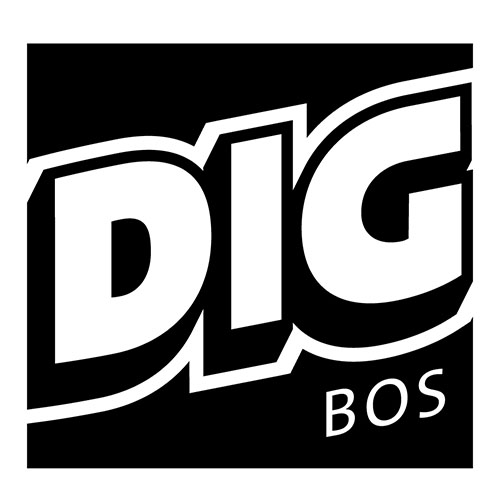
Why the telecom company’s FiOS promise to Boston is a bait-and-switch
In 1876, Alexander Graham Bell made the first telephone call from Boston to Cambridgeport. While the early 1900s saw Massachusetts cities wired with copper as part of the state utility infrastructure. Yet a century later, we are still waiting to be upgraded from ancient copper wire to fiber.
Last April, Verizon announced that it finally would be upgrading Boston with FiOS, replacing the copper telephone wires to homes and businesses with fiber optic cable – both known as “wireline” service. Verizon claims it will spend $300 million over six years to bring FiOS to the Hub. It has even laid out a plan to divide the city into sections and allow residents to vote on which sections go first.
The media has heralded Verizon’s supposed promise that the entire city will be getting fiber to the home. Boston Mayor Marty Walsh, in his State of the City address last month, exclaimed, “We’re making Boston a fiber optic city … 27,000 families have new internet and cable options in Dorchester, Roxbury, Roslindale, and West Roxbury. The rest of the city is on the way.”
Yes, Verizon will roll out fiber strategically, and even offer FiOS in some areas. Verizon’s carefully worded statements, however, mask its real plan, which is to migrate wireline customers to wireless, leaving much of Boston without any Verizon wire to the home or business.
The reason that Verizon is actually deploying fiber is to connect the many internal sites in Verizon Wireless’ network—like its cell towers. And Verizon is tapping the telephone utility ratepayer for the cost of building out the fiber needed to run that network.
This Verizon strategy is not unique to Boston. There are no plans to roll out fiber to residents and businesses in any of the surrounding cities, like Cambridge or Lowell, or in the rest of the state. In fact, Verizon says it will no longer deploy fiber in any of its East Coast territories, making the Boston claim especially suspect.
A recent report by my organization, New Networks Institute, calls for investigations into Verizon’s business practices by the legislature and attorney general’s office. We have uncovered questionable cross-subsidies between and among Verizon Wireless, Verizon’s other subsidiaries, and Verizon Massachusetts, the wireline utility, that could be used to upgrade the Bay State’s cities with fiber to the home.
For example, most people don’t know that in 1995—22 years ago—Verizon signed a deal with the Commonwealth to raise rates (and get tax perks) to have 330,000 fiber optic lines installed by 2000. Thus, wireline customers have paid billions for networks they never got. Scheduled for upgrades by 2000 were Somerville, Roxbury, Brighton, Beacon Hill, Back Bay, Winthrop, Brookline, Revere, Cambridge, Watertown, Peabody, Salem and Marblehead.
Unfortunately, Verizon’s shell game has gone unchallenged.
Verizon signed its cable franchise agreement with Boston in December 2016 for the areas mentioned by Walsh, but it only covers about 25 percent of the city. The promised agreement expressly excludes the rest of Boston. And why start in Dorchester? Besides the fact that Walsh lives there, it’s a little known fact that Verizon upgraded Dorchester to fiber in 2006, yet never really marketed FiOS there.
Verizon does not take fiber to the home seriously. Its Boston plan is simply a cover for building the Verizon Wireless network as part of the regulated state utility. This means that Verizon is allowed to include the Verizon Wireless internal fiber connections in its wireline construction budgets and cover the cost by charging customers who still use copper wires statewide. Verizon executives, meanwhile, have admitted that ratepayers are paying the capital costs of fiber for Verizon Wireless and that the company will “do a few suburbs” in the Boston area and then go wireless, eliminating the cost of running fiber to the home and ridding itself of unionized wireline workforce.
And wireless? Verizon touts “5G” wireless as comparable to fiber, yet the entire telecom industry knows that at this point 5G is conceptual—with uncertain capabilities that are lacking in design details. Wireless cannot compete with fiber in price or speed. Not yet at least.
My organization believes that an immediate investigation is in order. Verizon’s plan for Boston is not fiber to the home but fiber to the antenna—and a wireless bait-and-switch. We’ve documented the flows of money. It’s time for the impugning to begin.
Bruce Kushnick is executive director of New Networks Institute, a consortium of independent telecommunications, broadband, Internet and technology analysts, forensic auditors and lawyers.
